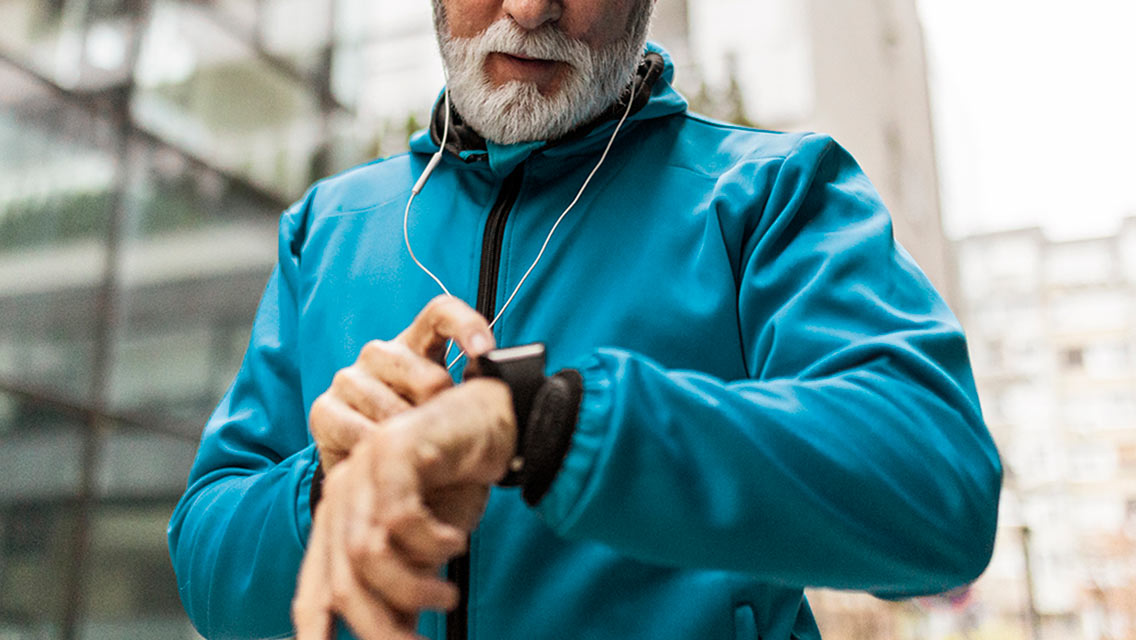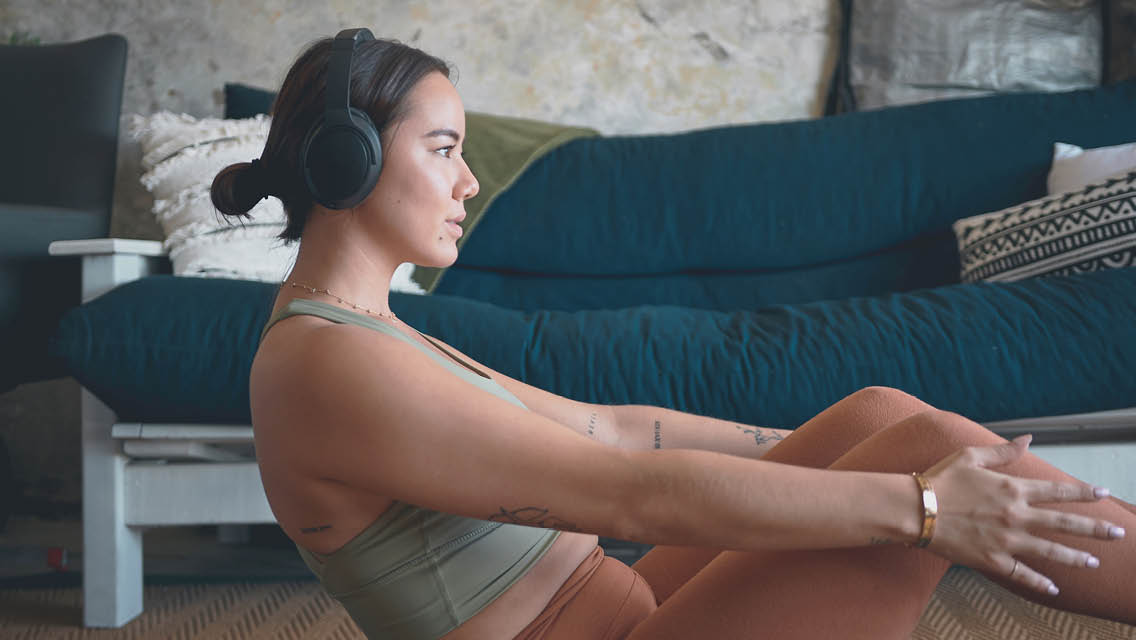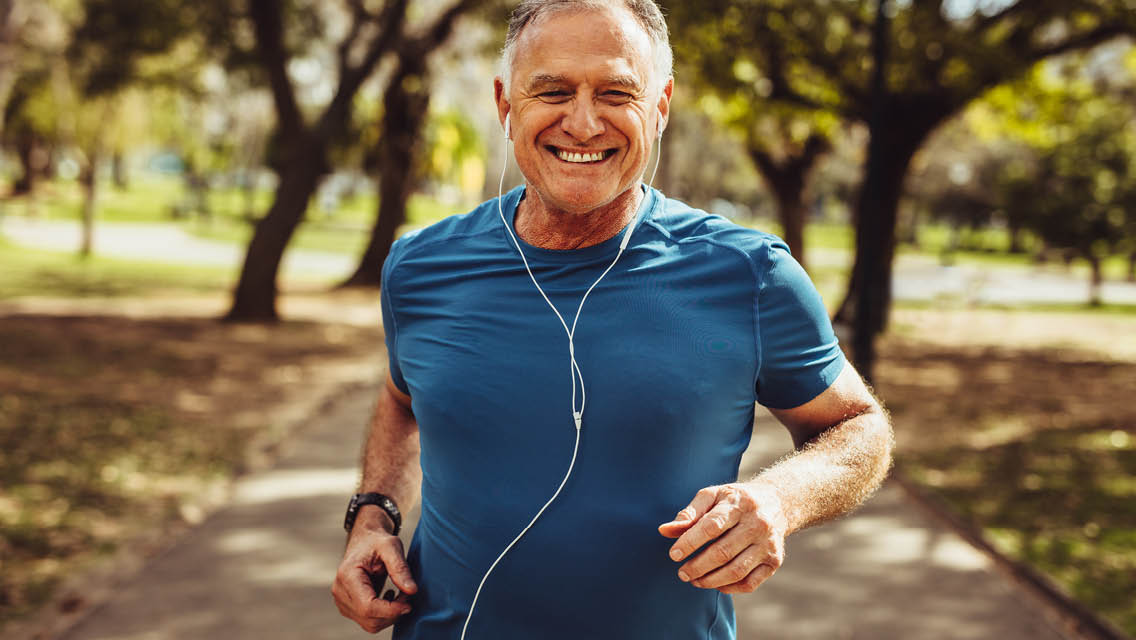According to the scribbled notes on the monthly planner I keep in my home office, I’ve covered about 53 miles on my bike since the beginning of the year, managed to complete my morning zazen/yoga/lifting routine 22 times, and twice recorded a perfectly normal blood pressure reading. I couldn’t tell you how many steps I took yesterday or how many calories I burned or anything at all about my heart-rate variability. That would require some fitness app and, more specifically, some interest in learning how to make the best use of one.
It’s not that I lack access to the technology. There’s an icon labeled Fitness lounging in the upper right-hand corner of my iPhone screen, nuzzled next to an app called Translate — neither of which I’ve ever felt the urge to disturb. Perhaps the latter would help me interpret the former, but I have my doubts.
Experts have been telling us for years how these and other digital monitors can help track vital health and fitness metrics while motivating us to keep moving. Just last week, for instance, researchers at Japan’s Kobe University released the results of a study showing increased physical activity among a group of elderly participants after they began wearing accelerometers. The general response among seniors, however, has been less than enthusiastic. A 2022 University of Michigan survey reported that less than half of respondents between the ages of 50 and 80 had ever bothered to open one of these apps.
You might expect that most of these app-averse older folks would claim some discomfort with digital devices to explain their ambivalence, but when asked to list all the reasons they ignored these fitness trackers, only 14 percent of respondents checked that box. A slightly larger group (20 percent) cited privacy concerns, which makes some sense to me. But the vast majority (83 percent) said they simply had no interest in using an app for such a purpose or admitted they’d never even considered it. More interestingly, another 20 percent doubted whether the apps would deliver anything in the way of useful information.
Developers of fitness apps have typically ignored the needs of older adults — especially frail seniors — when designing the technology.
Those skeptics, it turns out, may be on to something. To hear Luis Soto-Bagaria, PT, tell it, developers of fitness apps have typically ignored the needs of older adults — especially frail seniors — when designing the technology.
Soto-Bagaria, a physiotherapist, and a team of researchers at the Open University of Catalonia scoured the Apple App Store and Google Play platform for popular health and fitness apps designed for older adults. Their searches revealed nearly 3,000 available options, but after reviewing their applicability for seniors, only 15 met their criteria. Researchers then downloaded those apps and evaluated their various offerings, focusing on seven specific features: education, self-monitoring, goal-setting, feedback, gamification, adaptation and progression, and access to a peer network.
“We found a limited range of apps for this user profile, and we believe that the ones that are available could be better adapted to the needs of frail older people in terms of both prescribing exercise and in their ease of use, thereby empowering them in the process.”
The results, published in the British journal Age and Ageing, revealed few useful options for seniors: “We found a limited range of apps for this user profile,” Soto-Bagaria notes, “and we believe that the ones that are available could be better adapted to the needs of frail older people in terms of both prescribing exercise and in their ease of use, thereby empowering them in the process.”
None of the apps offered all seven of the features Soto-Bagaria and his team determined were optimal for older users. Only one of the 15 offered a peer network and only one featured feedback and gamification options. Eight of the selected apps offered exercise instructions but no information on healthy aging, frailty, or other content targeted to seniors. Other options lacked features such as goal-setting, feedback, and progress tracking.
“We found that despite many applications targeting older adults, they do not seem adapted to their physical and/or cognitive needs,” Soto-Bagaria writes, “so they would not have been specifically designed to target their needs.”
That blind spot among developers could be mitigated by consulting more closely with seniors while designing their apps, he notes, though I doubt that would allay concerns among those who, like me, imagine data pirates lurking behind every digital corner. My monthly planner may be pathetically analog, but I never have to worry about its contents falling into the clutches of some scam artist. Plus, it never requires an upgrade — though my penmanship could certainly use some improvement.





This Post Has 0 Comments